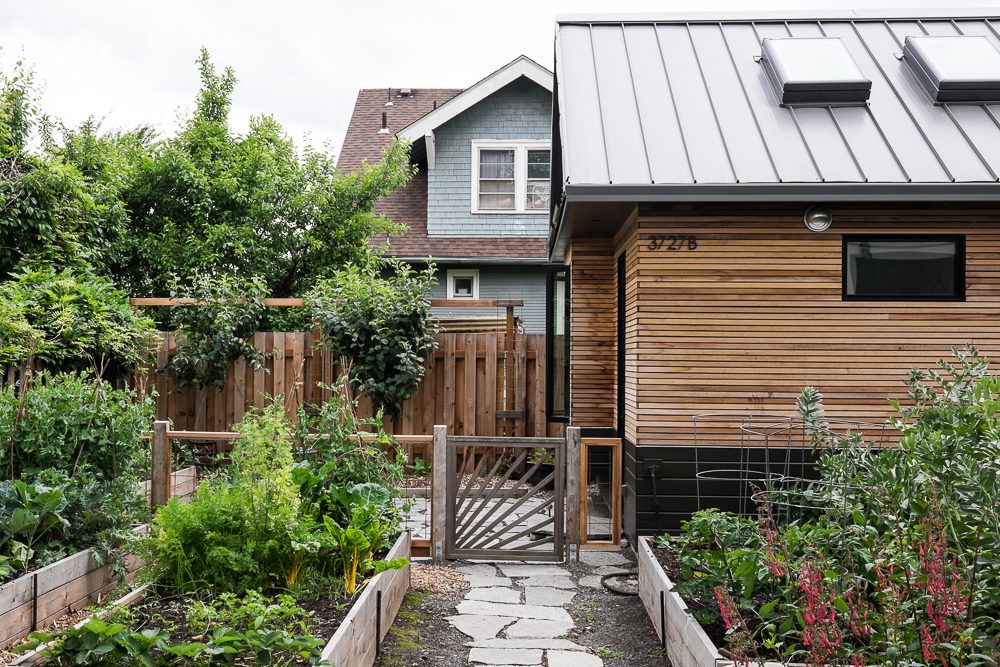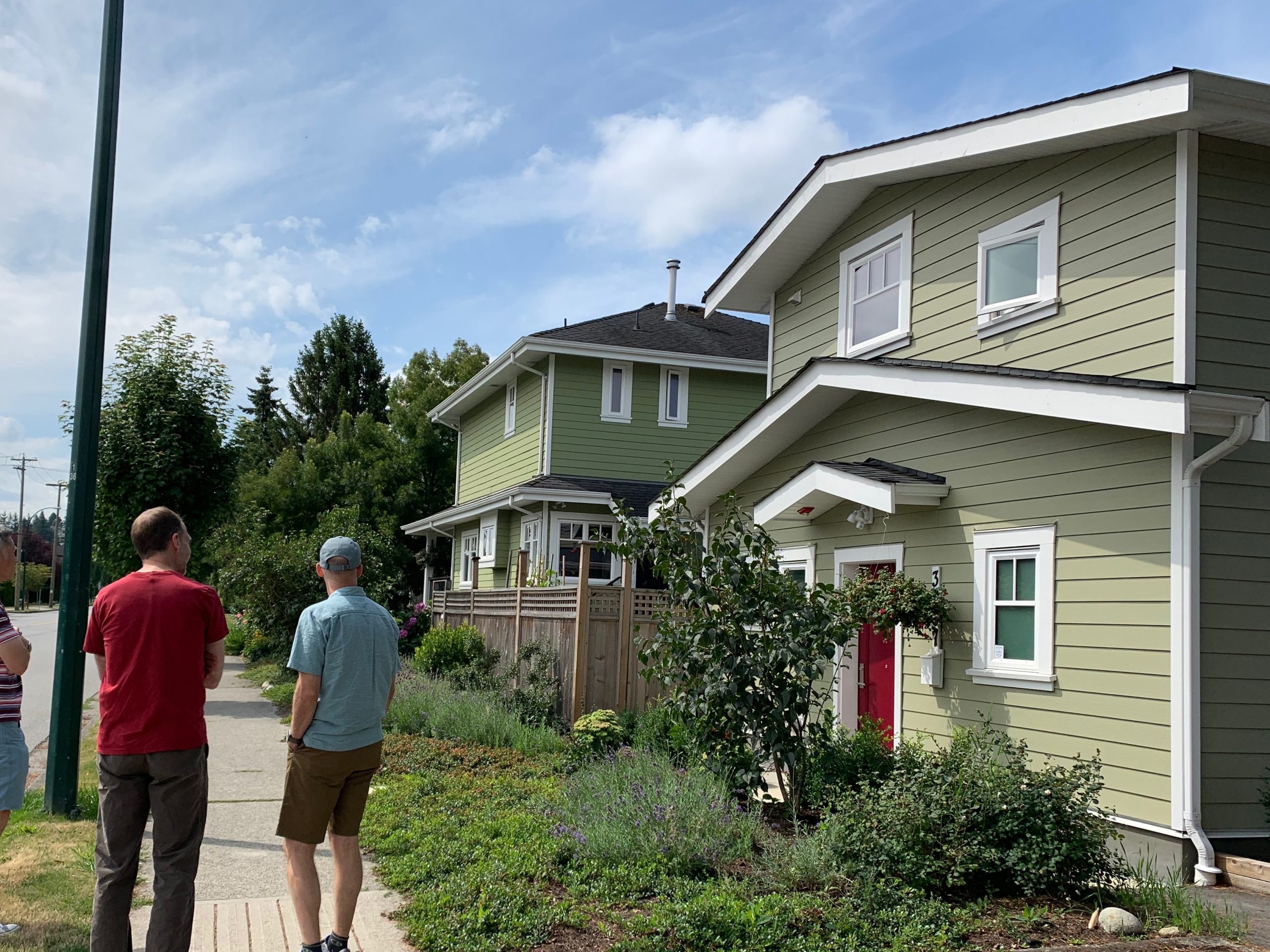“How do we knit together the capacity, whether it’s the developer, lawyers, title companies, lenders, and define the deal so that we can move properties with as much velocity as possible?” — Bill Goldsmith, president, Mercy Portfolio Services
Mercy Portfolio Services administers Chicago’s $169 million Neighborhood Stabilization Program. It handles acquisition, and then makes properties available to developer partners, which include a few large nonprofits, but primarily for-profits that have the capacity and equity for a quick turnaround.
Unlike many NSP programs, MPS has chosen not to focus on single-family homes. So many properties are not actually in REO status and available for purchase, and the others owned by so many different lenders, that acquiring enough of a critical mass on one block or in one neighborhood to make a difference is hard with single-family properties, says MPS president Bill Goldsmith.
So MPS focuses on the multifamily rental properties that sit on most corners in the NSP target neighborhoods. They serve as gateway or marquee buildings for blocks of one- to four-unit houses, and therefore generate a large enough revitalizing effect that it’s even worth pursuing getting those that are vacant but not yet REO into REO status and eligible for acquisition. “You’re going to get your velocity by way of 12- to 48-unit walk-up buildings,” Goldsmith says. “If I tried to move 48 single-family homes into REO status, I’d be doing it until 2020.”
Focusing on rentals also makes more sense from a cost-per-unit standpoint, and favors an already strong Chicago rental market, according to Goldsmith. “The last thing I want is one of our developers with 12 to 15 houses she can’t move. How is that helpful?”
Mercy has rehabbed and sold or rented 800 units through NSP, but Goldsmith notes that simply “fixing a vacant property doesn’t make a community. In many cases, the value of the underlying asset doesn’t justify the cost of going through the foreclosure process.”
Chicago had nearly 30,000 foreclosure filings in the first half of 2011, and Mercy Housing knows NSP alone cannot handle the problem at hand, which is why it is developing other interventions, such as the Mortgage Resolution Fund.
Goldsmith doesn’t rule out single-family acquisitions, either. They have been about 25 percent of their purchases so far, often by request of a partner. “The way to create scale and momentum, is corner properties,” says Goldsmith. “Then you can come back and focus on single-family. From an expenditure perspective, even though it’s slow on the front end, I think it’s the right sequence.”




Comments